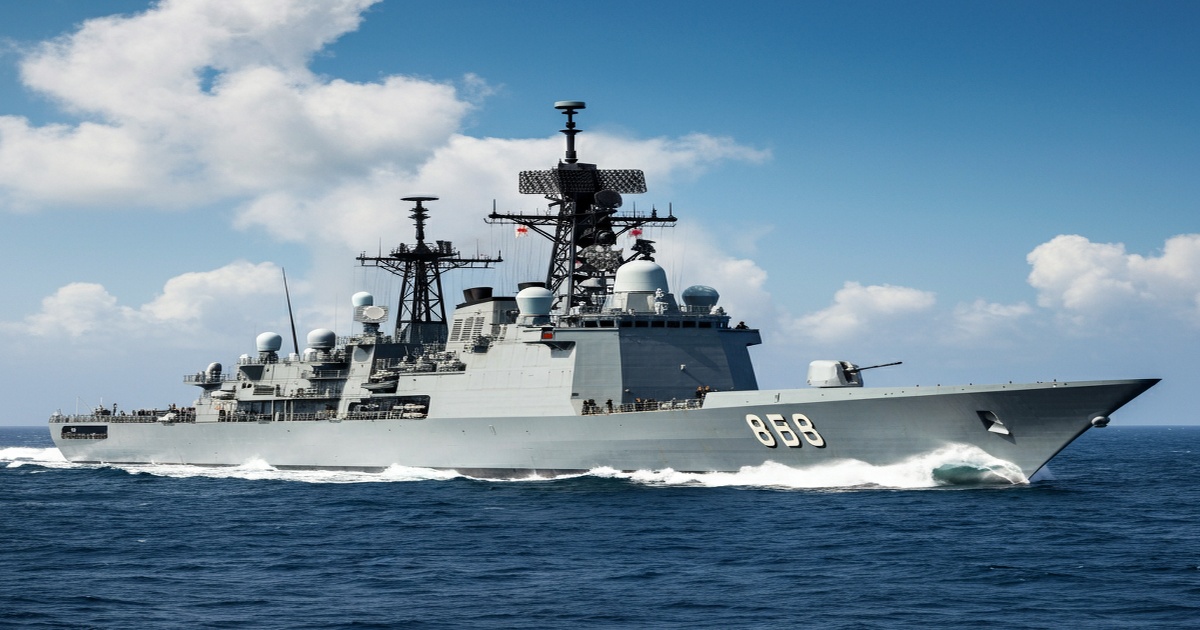In a significant step toward modernizing its naval capabilities, Australia is set to acquire 11 advanced Mogami-class frigates from Japan at the cost of $6 billion over the next decade. This deal, announced by Defence Minister Richard Marles, marks Japan's largest defense export agreement since World War II and is part of Australia's broader strategy to expand its fleet and deter regional threats, particularly from China.
The acquisition is designed to replace Australia's aging Anzac-class vessels, with the first of the new frigates expected to be operational by 2030. The Mogami-class ships are recognized for their stealthy design and advanced weaponry, including 32 vertical launch cells suitable for long-range missile systems. Marles emphasized that this deal not only represents a significant industrial partnership between Japan and Australia but also supports their strategic alignment in security matters.
Mitsubishi Heavy Industries secured the contract, beating out Germany's ThyssenKrupp Marine Systems, indicating Japan's commitment to fortifying its defense collaboration with allies like Australia and the United States. Both countries are actively participating in the Quad group, which aims to address shared concerns about territorial disputes in the region. According to Japan's Minister of Defence, Gen Nakatani, the sale enhances joint operational capabilities among the defense forces of Japan, the US, and Australia.
Additionally, this agreement comes in the wake of Japan's modifications to its pacifist constitution, allowing for arms exports, which were previously heavily restricted. This decision signals a shift in Japan's defense policy as it seeks to counterbalance China's increasing military influence in Asia. The new Mogami-class frigates are particularly noted for their automation, enabling operation by a reduced crew of just 90 sailors, which enhances operational efficiency and cost-effectiveness.
Australia's defence strategy includes bolstering its naval presence in critical maritime routes across the Indian and Pacific Oceans, where Chinese activity has been expanding. In conjunction with this frigate acquisition, Australia is progressing on a deal for US-designed nuclear-powered submarines under the AUKUS pact, which will further transform its naval capabilities despite previous criticisms surrounding budget overruns and project feasibility issues.
Australia is also planning incremental increases in its defence budget, aiming for 2.4% of its gross domestic product, surpassing NATO's benchmark but remaining below the US's expectations. This move is part of Australia's comprehensive effort to modernize its military in response to evolving regional security dynamics.







5 Comments
ZmeeLove
It’s critical for Australia to modernize its fleet—this deal is a step in the right direction.
Habibi
We should be investing in technology that promotes peace rather than escalating military capabilities.
Comandante
I appreciate the government’s focus on enhancing operational capabilities with advanced technology.
Bella Ciao
The government should be transparent about how this deal benefits the average Australian—because it seems like a waste.
Mariposa
The partnership with Japan demonstrates a commitment to mutual defense in the face of regional challenges.